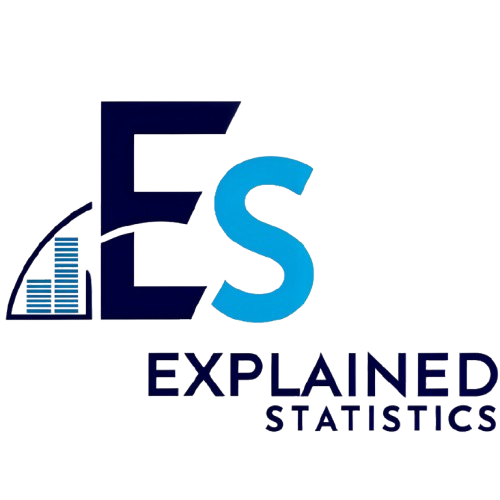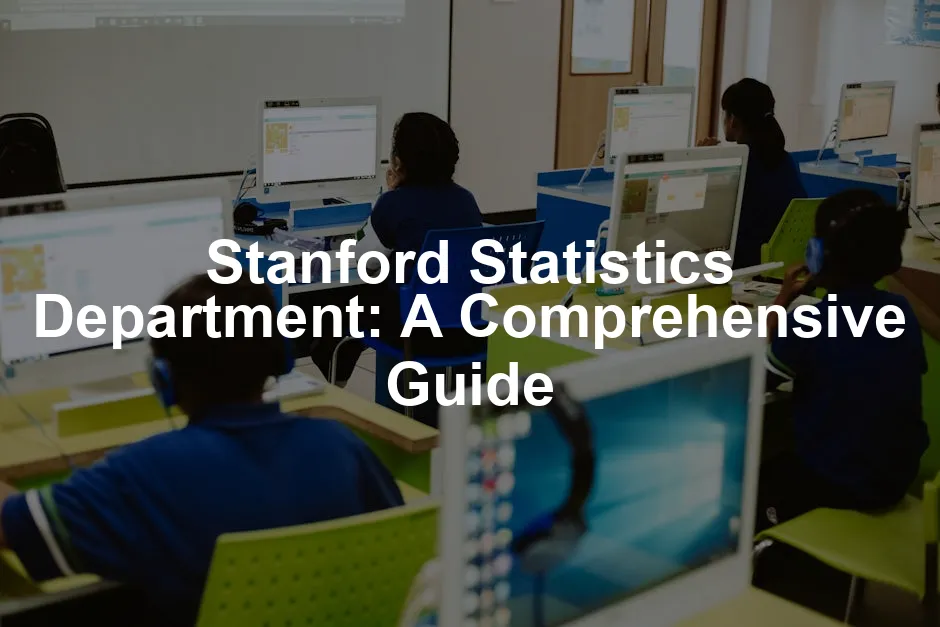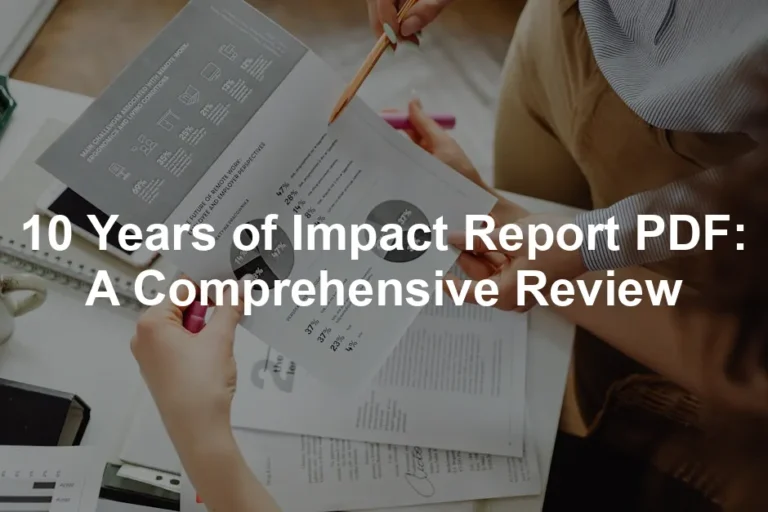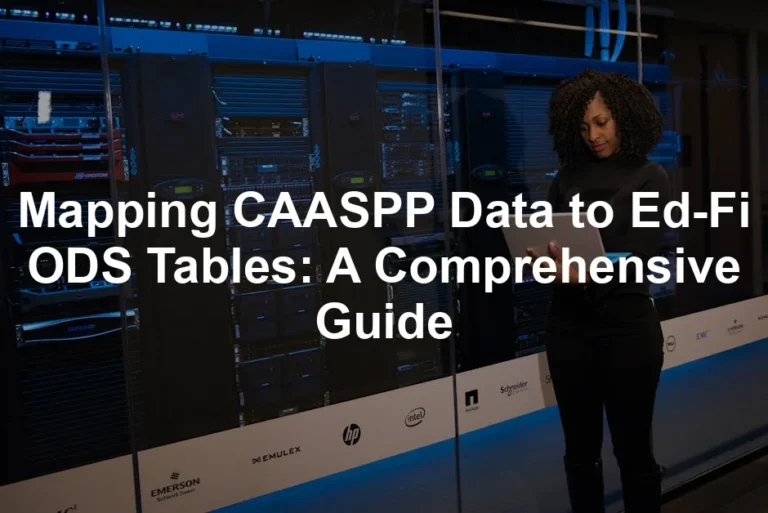Introduction
The Stanford Statistics Department stands tall as a beacon of academic excellence. Founded in 1948, it has significantly influenced the evolution of statistics. Its reputation rivals that of the University of California, Berkeley, making them friendly competitors. Think of them as the East Coast-West Coast rap rivalry, but with less bling and more data crunching.
Statistics isn’t just about crunching numbers; it’s the backbone of decision-making in today’s data-centric world. From predicting consumer behavior to analyzing public health trends, statistics plays a critical role. As we swim in an ocean of data, the ability to extract meaningful insights becomes essential. This is where Stanford’s Statistics Department shines, preparing students to tackle real-world challenges with statistical prowess.
In an era where knowledge is power, the department not only imparts theoretical foundations but also emphasizes practical applications. Students engage in collaborative projects, applying statistical methods for finance professionals 2024 to diverse fields like medicine, economics, and environmental science. The faculty, a mix of seasoned statisticians and fresh thinkers, continuously shape the curriculum to keep pace with advancements in the field.
For those looking to deepen their understanding of how data impacts our lives, consider diving into “The Art of Statistics: Learning from Data” by David Spiegelhalter. This book breaks down complex statistical concepts in a way that feels like a casual chat over coffee, making it a must-read for anyone interested in the world of data.
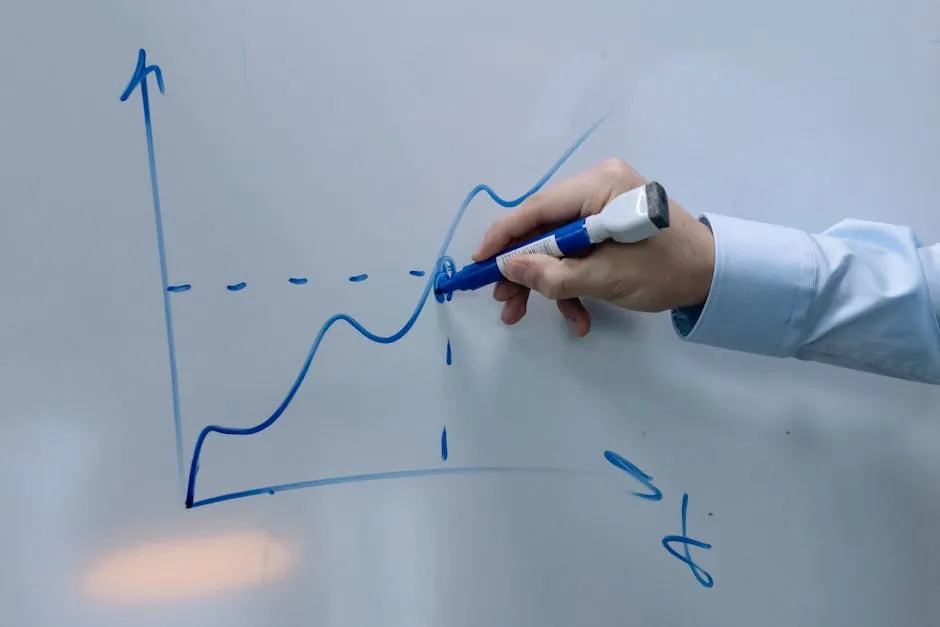
The integration of statistical methods into various fields highlights the importance of this discipline. statistical methods for finance professionals 2024 are just one example of how statistics can be applied practically.
As the demand for statisticians grows, so does the importance of institutions like Stanford. They are not merely training grounds; they are innovation hubs. With a focus on interdisciplinary research, the Stanford Statistics Department empowers students to bridge gaps between statistics and other domains. This holistic approach ensures graduates are not just proficient in statistics but also adept at applying their skills in various contexts.
The Stanford Statistics Department is more than a place of learning; it’s a launchpad for future leaders in the field. As they continue to push boundaries and redefine statistics, they remain a vital part of the academic landscape. Whether you’re a prospective student or just curious about the field, understanding this department’s legacy is crucial.
Welcome to the world of Stanford Statistics, where numbers tell stories, and every statistic has the potential to change the game.
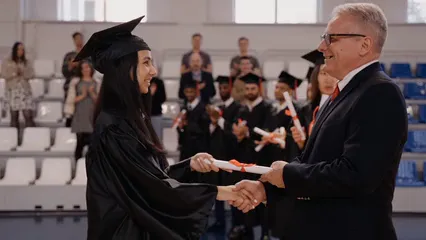
Academic Programs Offered
Stanford’s Statistics Department offers a rich array of academic programs that cater to both undergraduate and graduate students. These programs combine rigorous coursework with practical applications, ensuring students are well-prepared for the challenges of the statistical landscape.
Undergraduate Programs
Minor in Statistics
The Minor in Statistics is designed for students who wish to enhance their primary field of study with statistical knowledge. To complete this minor, students must fulfill specific requirements, which include a total of 19 units across six courses.
Core Courses:
- STATS 116: Theory of Probability (4 units)
- STATS 200: Introduction to Statistical Inference (4 units)
Electives: Students are encouraged to select at least one 200-level statistics course to deepen their understanding of advanced statistical concepts. If you’re unsure where to start, check out “Statistics for Dummies”. This book simplifies complex concepts, making it a perfect starting point for beginners.
Learning Outcomes: Upon completion, students will be adept at applying statistical reasoning to various disciplines. They will gain skills in data analysis, interpretation, and the application of statistical methods to real-world problems, making them valuable assets in any field.
The skills developed in the Minor in Statistics are crucial for success in various fields. For more insights on effective data analysis, check out tips for effective data analysis in economics and statistics.
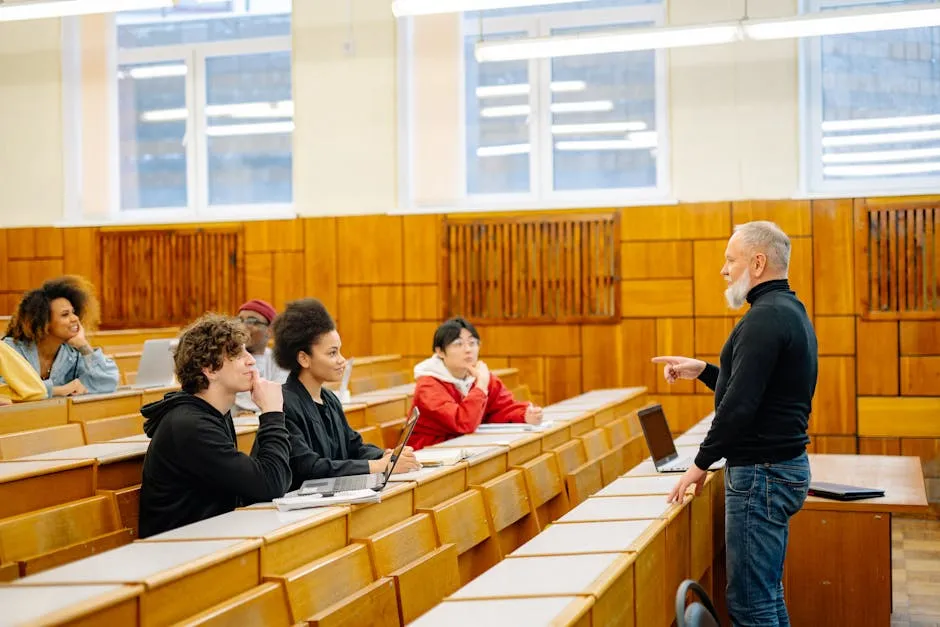
Data Science Minor
The Data Science Minor caters to students in the humanities and social sciences who seek practical data analysis skills. This program emphasizes the integration of statistics with computing and mathematics.
Curriculum: Students must complete a minimum of 22 units, including core courses such as:
- STATS 101: Data Science 101 (5 units)
- STATS 191: Introduction to Applied Statistics (3 units)
Skills Developed: Participants will learn to connect data to real-world phenomena, utilize data visualization tools, and employ data analysis techniques. These competencies are critical in today’s data-driven environment, where data science is rapidly transforming industries.
Graduate Programs
Master of Science in Statistics
The Master of Science in Statistics aims to equip students with advanced statistical knowledge and research skills.
Admission Requirements: Prospective students need a strong background in linear algebra and statistics. GRE scores are not required for coterminal applicants.
Curriculum Structure: Students must complete 45 units, including core courses:
- STATS 116: Theory of Probability
- STATS 200: Introduction to Statistical Inference
- STATS 203: Introduction to Regression Models
Specializations: Students can focus on various areas, including applied statistics, theoretical statistics, or data science. For those interested in data science, the book “Data Science for Business” by Foster Provost is a fantastic resource that bridges the gap between data science concepts and practical applications.
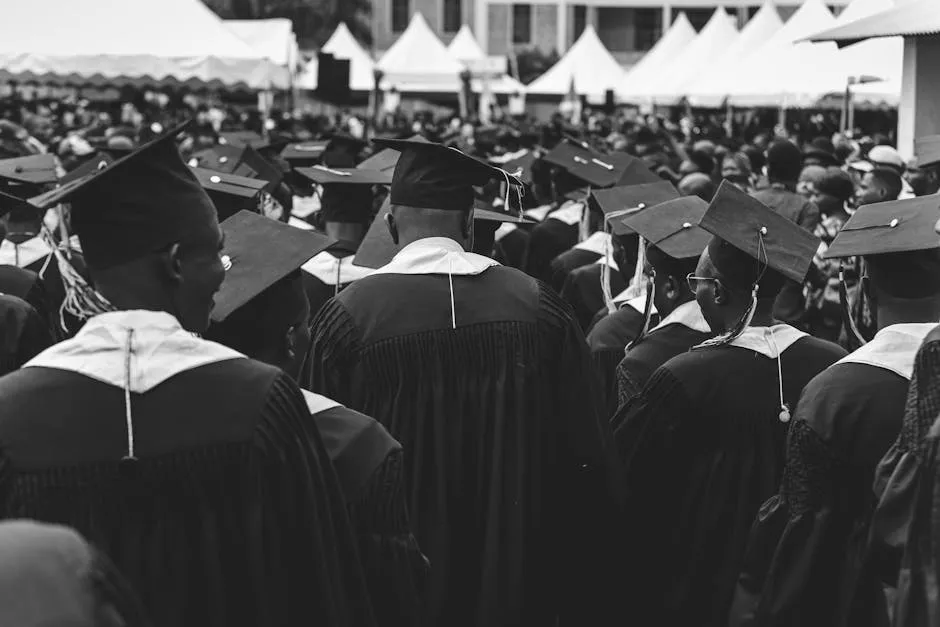
Doctor of Philosophy in Statistics
The Ph.D. program prepares students for research careers in both applied and theoretical statistics.
Coursework: First-year students engage in core courses such as STATS 300A: Theory of Statistics I and STATS 305A: Applied Statistics I.
Research Expectations: Ph.D. candidates must pass qualifying exams, present a dissertation proposal, and complete a dissertation that contributes original research to the field.
Dissertation Requirements: Candidates are evaluated based on their dissertation’s quality and their ability to defend their research findings before a committee of faculty members.
Special Programs
Stanford’s Statistics Department also offers interdisciplinary programs that foster collaboration with other departments. Notable collaborations include:
- Biomedical Data Science: This program merges statistical techniques with biomedical applications, preparing students to tackle challenges in health and medicine.
- Data Science: A joint initiative that integrates statistics with computer science, mathematics, and operations research, equipping students with comprehensive data science skills.
These special programs exemplify the department’s commitment to interdisciplinary education and research, providing students with a well-rounded academic experience that prepares them for diverse careers in statistics and data science.
With a focus on both theoretical foundations and practical applications, the Stanford Statistics Department is dedicated to producing graduates who are not just statisticians but also innovative thinkers capable of addressing complex challenges in a data-driven world.

Research Focus and Contributions
Areas of Research
The Stanford Statistics Department is a powerhouse of research, focusing on both applied and theoretical statistics. Faculty members dive into a wide array of topics, including probability theory, data analysis, statistical modeling, and machine learning. This blend of research ensures that students are well-equipped for various career paths, from academia to industry. Speaking of machine learning, if you want to get ahead of the curve, consider picking up “Machine Learning: A Probabilistic Perspective” by Kevin P. Murphy. This book provides a solid foundation in the concepts and techniques that are revolutionizing the field.
Interdisciplinary collaborations are a hallmark of the department’s research culture. Faculty frequently partner with experts from fields such as biology, economics, and computer science. This collaborative spirit leads to innovative solutions and groundbreaking insights. For instance, partnerships with the Biomedical Data Science program allow statisticians to tackle pressing health issues, analyzing complex datasets to improve patient outcomes.
Moreover, the department is committed to addressing real-world challenges. From environmental issues to public policy, the research conducted here often has far-reaching impacts. Faculty and students work together to develop statistical methods that not only advance theoretical knowledge but also provide practical solutions.

Notable Publications and Contributions
Stanford’s Statistics Department boasts an impressive portfolio of influential publications. Faculty members have authored seminal papers that have shaped the field. For example, the work of David Donoho on robust statistics has become foundational, influencing countless studies and methodologies. To further explore the world of statistical analysis, check out “How to Lie with Statistics” by Darrell Huff. This classic book is a witty examination of how statistics can be manipulated, making it essential reading for anyone looking to navigate the world of data.
Moreover, collaborative research efforts have produced significant contributions, such as the analysis of large datasets in various domains. Recent initiatives, like the “Ten Statistical Ideas That Changed the World,” highlight the department’s commitment to showcasing statistics’ transformative power. Faculty, including Trevor Hastie and Rob Tibshirani, have played pivotal roles in these projects, emphasizing the importance of accessible statistics in everyday life.
The department also prioritizes sharing knowledge through technical reports and seminars, allowing ongoing dialogue about current research challenges and advancements. With a strong emphasis on innovation, the Stanford Statistics Department continues to lead in publishing impactful research that resonates across disciplines.

Faculty Research Interests
The faculty in the Stanford Statistics Department are a diverse group of experts with unique specialties. Professors like Bradley Efron and Trevor Hastie focus on statistical learning and predictive modeling, while others, such as Susan Holmes and Iain Johnstone, delve into bioinformatics and high-dimensional statistics.
Emerging scholars also contribute to the department’s vibrant research environment. For instance, new hires like Brian Trippe bring fresh perspectives and expertise in machine learning and statistical applications. These varied interests create a rich tapestry of research opportunities for students, who can engage with cutting-edge topics while honing their skills.
In addition to individual research, faculty members are dedicated to mentoring students. They guide graduate and undergraduate researchers alike, fostering a supportive environment that encourages exploration and innovation. This mentorship not only enriches the academic experience but also prepares students to become the next generation of statistical leaders.
Seminars, Workshops, and Events
Regular Seminars
Stanford’s Statistics Department hosts an array of ongoing seminars that enrich the academic community. These regular gatherings include the Probability Seminar and the Statistics Seminar. Each seminar focuses on different themes, providing a platform for faculty, students, and visiting scholars to share their latest research.
The Probability Seminar often features discussions around complex mathematical theories and their applications. For example, recent topics ranged from large charge fluctuations in hierarchical Coulomb gases to innovative statistical methods for assessing the accuracy of large language models. Seminars like these not only highlight cutting-edge research but also encourage collaboration and feedback among attendees.
The Statistics Seminar serves as a venue for discussing practical applications of statistical methods. It typically includes presentations from both department faculty and guest speakers from other institutions. This blend of perspectives fosters an environment of learning and inquiry, where participants can engage in meaningful discussions about current trends and challenges in statistics.
In addition to these regular events, the department frequently organizes workshops and special lectures, enhancing the educational experience and encouraging knowledge sharing across disciplines. These events are crucial for both faculty and students, as they provide opportunities to stay updated on the latest advancements and engage with thought leaders in the field.

Upcoming Events
The Stanford Statistics Department is buzzing with exciting events! Upcoming workshops, guest lectures, and seminars promise to be enlightening and engaging. Mark your calendars for these insightful gatherings!
On October 7, join the Probability Seminar. Oren Yakir from Stanford Math will discuss large charge fluctuations in hierarchical Coulomb gases. It’s a great opportunity to dive into advanced theories and network with fellow enthusiasts.
The very next day, October 8, don’t miss the Statistics Seminar. John Cherian will present statistical methods for assessing the factual accuracy of large language models. This topic is particularly relevant in our digital age, where misinformation can spread like wildfire.
Other notable events include another Probability Seminar on October 14 and a Statistics Seminar on October 15. These events not only spotlight cutting-edge research but also foster a vibrant academic community. They encourage knowledge exchange, allowing students and faculty to connect and collaborate.
Attending these seminars is invaluable for students and professionals alike. They not only enhance understanding of complex topics but also provide a platform for discussing real-world applications of statistics. Engaging with guest speakers and peers can spark new ideas and collaborations, making these events a cornerstone of the department’s mission.

Faculty and Community
Faculty Members
The Stanford Statistics Department boasts a stellar lineup of faculty members. Among them, you’ll find renowned professors like David Donoho, known for his groundbreaking work in robust statistics, and Trevor Hastie, a pioneer in statistical learning. Their research interests span a wide range, from theoretical statistics to applied data science, ensuring that students receive a well-rounded education.
Other notable faculty include Bradley Efron, who introduced the bootstrap method, and Susan Holmes, whose research focuses on bioinformatics and statistical genetics. This diverse mix of expertise allows students to explore various fields within statistics, preparing them for future challenges.
The faculty’s commitment to research and teaching creates an inspiring atmosphere. Their active involvement in cutting-edge projects motivates students to engage deeply with statistical concepts. Moreover, many faculty members encourage students to participate in collaborative research, fostering a sense of community and shared learning.

Community Engagement
Engagement with the broader community is a hallmark of the Stanford Statistics Department. The faculty actively work to make statistics relatable and accessible. Initiatives like guest lectures and outreach programs aim to demystify statistics for students and the public.
Dennis Sun, the incoming director of the Data Science program, emphasizes this mission. He aims to infuse introductory courses with relatable examples, ensuring that students recognize the relevance of statistics in their daily lives. By making statistics fun and engaging, the department seeks to inspire the next generation of statisticians.
Additionally, the department maintains strong connections with alumni. Regular networking events allow graduates to share their experiences and insights with current students. These interactions not only strengthen community ties but also offer valuable guidance for those entering the workforce.

Industrial Affiliates Program
The Industrial Affiliates Program is a key feature of the Stanford Statistics Department. This initiative bridges the gap between academic research and industry applications. It creates opportunities for graduate students to connect with professionals from various sectors, including technology, healthcare, and finance.
Through this program, students engage directly with industry leaders, gaining insights into real-world challenges and trends. The annual conference for members, faculty, and final-year PhD candidates is a highlight event. It fosters collaboration and knowledge sharing, enriching the academic experience.
This program not only enhances students’ learning but also prepares them for successful careers. By interacting with industry experts, students can better understand how statistical methods apply in practice. The Industrial Affiliates Program exemplifies the department’s commitment to creating a dynamic educational environment that values both research and practical application.

Admission Process and Deadlines
Graduate Admission
If you’re dreaming of joining the prestigious Stanford Statistics Department, you’ll need to navigate the admission process like a pro. The department offers both a Master of Science (MS) and a Doctor of Philosophy (PhD) in Statistics.
For the PhD program, applications are due by December 4, 2024. This program is designed for those who want to immerse themselves in advanced statistical research. Applicants should have a solid foundation in linear algebra, statistics, and probability. GRE scores are not required, which is a relief for many!
The MS program has a slightly later deadline, with applications due by January 15, 2025. This program focuses on practical applications of statistics, preparing graduates for immediate contributions in various fields. Like the PhD, a strong background in mathematics and statistics is essential, while GRE scores are also waived for coterminal applicants.
Both programs require application materials such as transcripts, letters of recommendation, and a personal statement. It’s important to showcase your passion for statistics and your unique experiences.
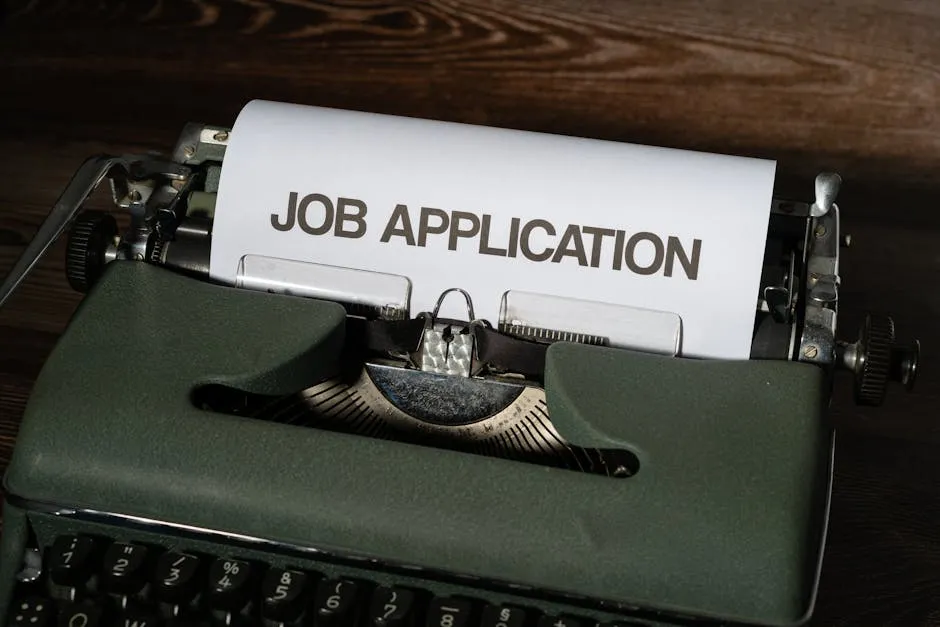
Application Tips
Crafting a competitive application can feel like trying to solve a Rubik’s Cube blindfolded, but fear not! Here are some tips to make your application shine.
First, start early. Give yourself plenty of time to gather materials and refine your personal statement. Highlight your academic achievements and any relevant research experience. If you’ve worked on projects or published papers, let that reflect your dedication to the field.
Second, choose your recommenders wisely. Seek out professors or professionals who know your work well and can provide specific examples of your skills and potential. A glowing letter can be the cherry on top of your application sundae.
Lastly, be authentic. Admissions committees appreciate honesty and individuality. Share your journey in statistics, your goals, and why Stanford is your top choice. Your enthusiasm can be contagious!
With the right preparation and a dash of creativity, you’ll be well on your way to becoming part of this esteemed academic community.

Conclusion
The Stanford Statistics Department is a cornerstone of statistical education and research. Its commitment to excellence has shaped the academic landscape significantly. Since its founding in 1948, the department has been a driving force in advancing statistical methods and applications.
Ranked consistently among the top statistics programs globally, Stanford attracts some of the brightest minds in the field. Faculty members are leaders in their areas of expertise, contributing to groundbreaking research and innovative teaching methods. Their work spans various disciplines, showcasing the interdisciplinary nature of statistics.
For prospective students and researchers, Stanford represents more than just a university; it’s a vibrant hub for statistical inquiry. The department emphasizes a collaborative environment where ideas flourish, and students actively engage in research from day one. As industries increasingly rely on data-driven decision-making, the skills learned here become invaluable.
Moreover, Stanford’s focus on real-world applications ensures that graduates are not just statistically savvy but are also equipped to tackle pressing societal challenges. Whether interested in public health, economics, or machine learning, students find a wealth of opportunities to apply their knowledge. If you’re particularly keen on enhancing your knowledge in machine learning, look no further than “Deep Learning” by Ian Goodfellow, which is a comprehensive introduction to the field.
If you’re considering a career in statistics, look no further than Stanford. The department not only offers rigorous academic training but also fosters a community of innovation and creativity. Join the ranks of statisticians who are changing the world, one data point at a time. Explore the possibilities at Stanford, where your statistical journey can truly begin.

FAQs
What degrees does the Stanford Statistics Department offer?
The Stanford Statistics Department offers a robust selection of degrees. Students can pursue: – **Master of Science (MS) in Statistics** – **Doctor of Philosophy (PhD) in Statistics** These programs are designed to cater to various interests within the field, ensuring students receive a comprehensive education.
How does the department support student research?
Research support at Stanford is top-notch! The department provides various resources, including: – **Funding Opportunities**: Many students receive funding for research projects and conferences. – **Mentorship**: Faculty members actively mentor students, guiding them through their research journeys. – **Research Opportunities**: Students can participate in interdisciplinary projects across fields, gaining invaluable experience.
What is the application process for graduate programs?
Applying to Stanford’s graduate programs involves several steps: 1. **Gather Required Materials**: This includes transcripts, letters of recommendation, and a personal statement. 2. **Submit Your Application**: Complete the online application by the specified deadlines. 3. **Review Process**: Applications are reviewed by the admissions committee, who will evaluate your potential based on your materials and fit for the program.
How can I connect with current students or faculty?
Connecting with the Stanford community is easy! Consider these options: – **Networking Events**: Attend seminars and workshops hosted by the department. – **Social Media**: Follow the department on platforms like Twitter and LinkedIn for updates and networking opportunities. – **Contact Information**: Reach out directly through the department’s official website for inquiries or to arrange meetings with faculty or current students.
Please let us know what you think about our content by leaving a comment down below!
Thank you for reading till here 🙂
All images from Pexels
